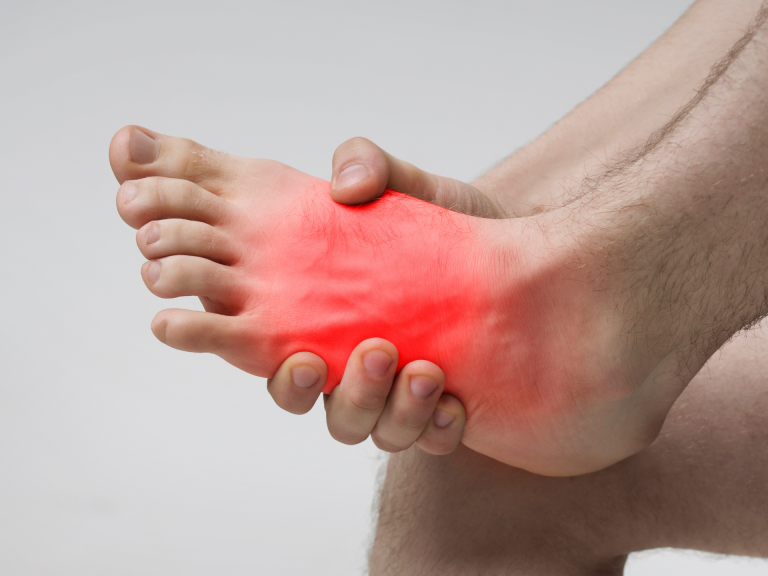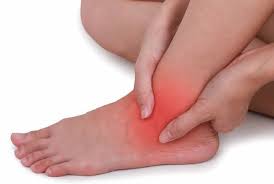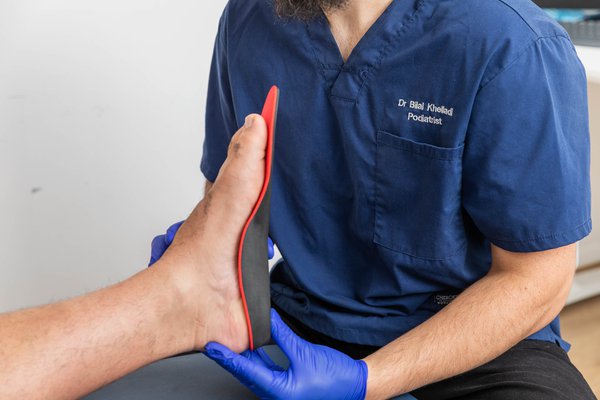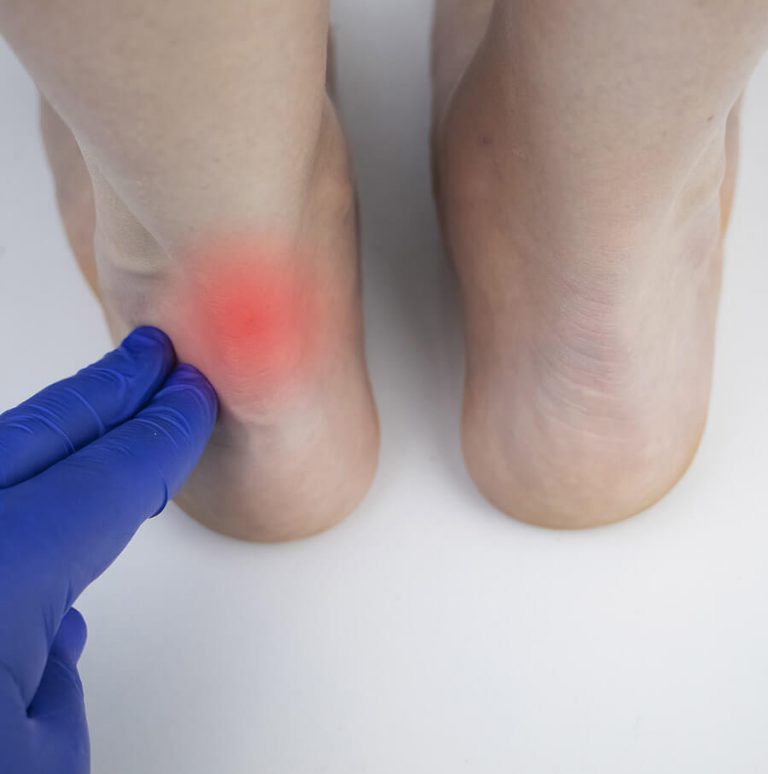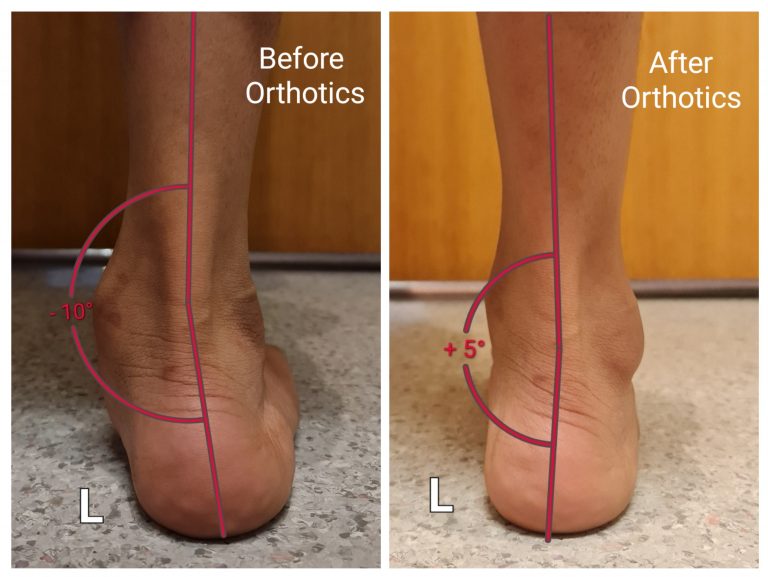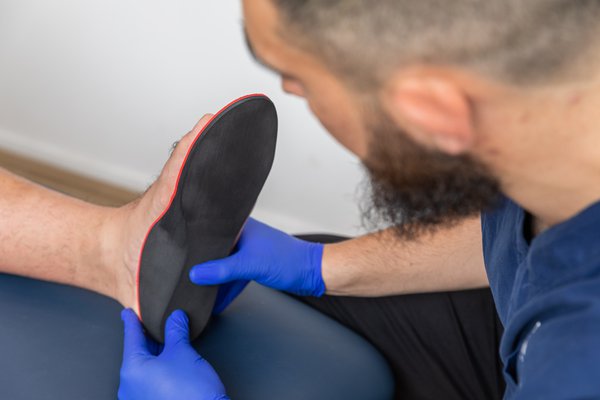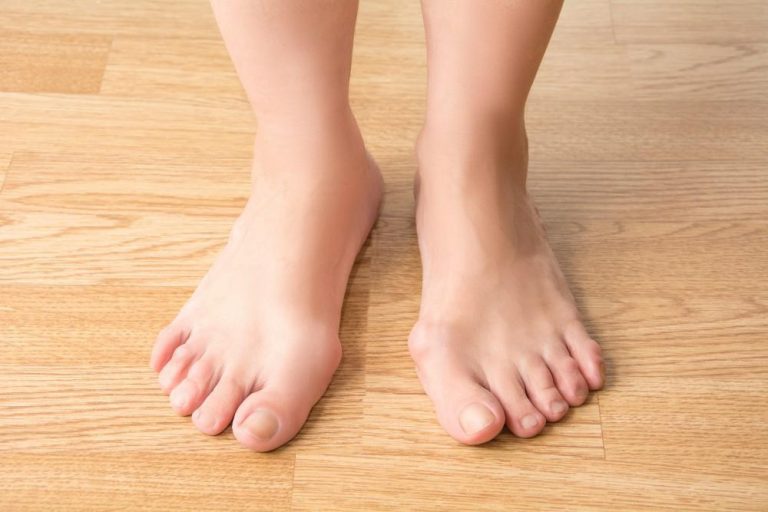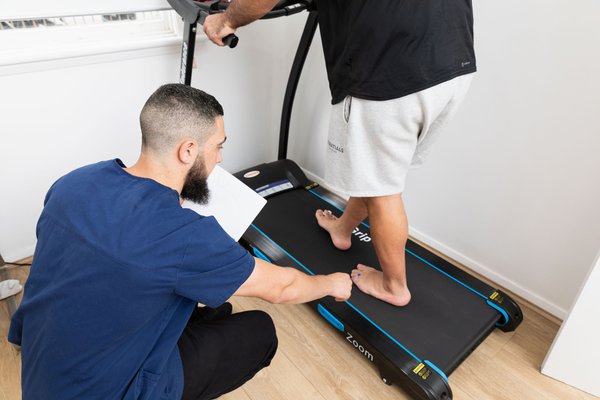Sever’s Disease
Experience quality podiatric
care for Sever’s Disease in
Sydney.Years of experience in
treating pain that you can
trust
care for Sever’s Disease in
Sydney.Years of experience in
treating pain that you can
trust
What is Sever's Disease?
Sever’s Disease, medically known as calcaneal apophysitis, is a prevalent condition that primarily affects children between the ages of 8 to 15. As the leading podiatrist in Sydney, Podiatry & Injury Clinic frequently sees this condition, particularly in active children who are undergoing a growth spurt. Despite its somewhat alarming name, Sever’s Disease is not a lasting or chronic disease. It is a temporary and self-limiting condition that happens when the growth plate in the heel (the calcaneus) becomes inflamed due to stress or strain.
In simple terms, Sever’s Disease is a type of growing pain confined to the foot. It manifests as heel pain that can be sharp or dull, and often fluctuates with activity levels. It usually resolves once the foot has finished growing and the growth plates have closed. While the condition can be very uncomfortable and limit a child’s activity, it does not cause any permanent damage to the foot or ankle.
In simple terms, Sever’s Disease is a type of growing pain confined to the foot. It manifests as heel pain that can be sharp or dull, and often fluctuates with activity levels. It usually resolves once the foot has finished growing and the growth plates have closed. While the condition can be very uncomfortable and limit a child’s activity, it does not cause any permanent damage to the foot or ankle.

Causes of Sever's Disease
Sever’s Disease is typically caused by a mismatch in the growth rate of different parts of the adolescent’s foot. During a growth spurt, the heel bone tends to grow faster than the surrounding muscles and tendons, especially the Achilles tendon. This discrepancy can cause the tighter tendon to pull on the growth plate of the heel bone, leading to irritation, inflammation, and pain, hallmarks of Sever’s Disease.
Activities that involve running and jumping are particularly likely to add strain to the already stressed heel, increasing the risk of inflammation and discomfort. Sports like soccer, basketball, and gymnastics, which require a lot of heel impact, can trigger or exacerbate the symptoms of Sever’s Disease.
Foot structure can also play a role in the development of Sever’s Disease. Children with high arches or flat feet are at a higher risk because these conditions can affect the angle at which the Achilles tendon connects to the heel, placing additional strain on the area.
Lastly, external factors, such as unsupportive footwear or hard playing surfaces, can contribute to the stress on a child’s heel and instigate the onset of Sever’s Disease.
Activities that involve running and jumping are particularly likely to add strain to the already stressed heel, increasing the risk of inflammation and discomfort. Sports like soccer, basketball, and gymnastics, which require a lot of heel impact, can trigger or exacerbate the symptoms of Sever’s Disease.
Foot structure can also play a role in the development of Sever’s Disease. Children with high arches or flat feet are at a higher risk because these conditions can affect the angle at which the Achilles tendon connects to the heel, placing additional strain on the area.
Lastly, external factors, such as unsupportive footwear or hard playing surfaces, can contribute to the stress on a child’s heel and instigate the onset of Sever’s Disease.
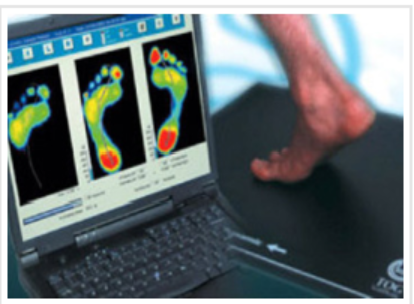
Why Choose Us
At the Podiatry & Injury Clinic, we don’t just treat conditions – we treat people. Our Sydney podiatrists understand that each individual’s situation is unique, and so should be their treatment. We focus on creating personalised treatment plans aimed at alleviating your discomfort and promoting healing.
Sever’s Disease Gone
Our comprehensive approach to treating Sever’s Disease sets us apart as a trusted Sydney podiatrist. From thorough examination and diagnosis to custom-tailored treatment plans, we take each step meticulously to ensure the best possible outcomes.
Book online
If you suffer from any foot condition or experience pain, come and see our friendly experts at the Podiatry and Injury Clinic

We Treat Sever’s Disease
Our Sydney podiatrist is expert at diagnosing and fixing Sever’s Disease, and helping you recover from any related injuries.
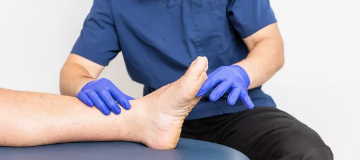
Symptoms of Sever's Disease
Children suffering from Sever’s Disease often complain about pain in the heel, which tends to worsen during or after physical activity. They might also show signs of limping or walking on their toes to avoid putting pressure on the heel. Swelling or redness in the heel is also a common symptom.
Complications of Sever's Disease
If left untreated, Sever’s Disease could cause persistent heel pain that may interfere with your child’s daily activities. It could potentially lead to a more long-term foot, leg, or back problems if your child alters their gait to relieve the pain.
How to Prevent Sever's Disease
Preventing Sever’s Disease involves ensuring that your child has proper footwear that supports their feet during their growth spurt. Encourage stretching exercises to increase flexibility in the leg muscles and tendons. Limit strenuous activities when the child is experiencing pain, and always ensure warm-up before and cool-down exercises after physical activities.
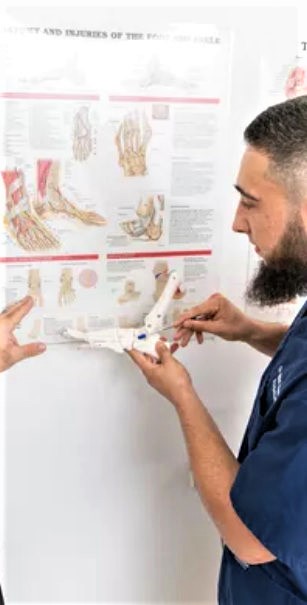

Frequently Asked Questions
What are the treatment options available at Podiatry & Injury Clinic for Sever's Disease?
Our Sydney podiatrists use a combination of approaches including rest, ice application, stretching exercises, orthotic devices, and in some cases, a temporary limitation of activities. The treatment plan is customised to suit each child’s individual needs and the severity of their symptoms.
How long does Sever's Disease last?
Sever’s Disease usually lasts a few weeks to months. The condition gradually resolves once the growth plate in the heel bone has fully developed.
Is there any long-term damage caused by Sever's Disease?
A: Sever’s Disease does not cause any long-term damage. It is a temporary condition during growth and does not have any lasting effects. Proper treatment can help your child manage the symptoms and continue their physical activities comfortably.
Latest Blog Post
GET IN TOUCH
WITH US
What is your name?

